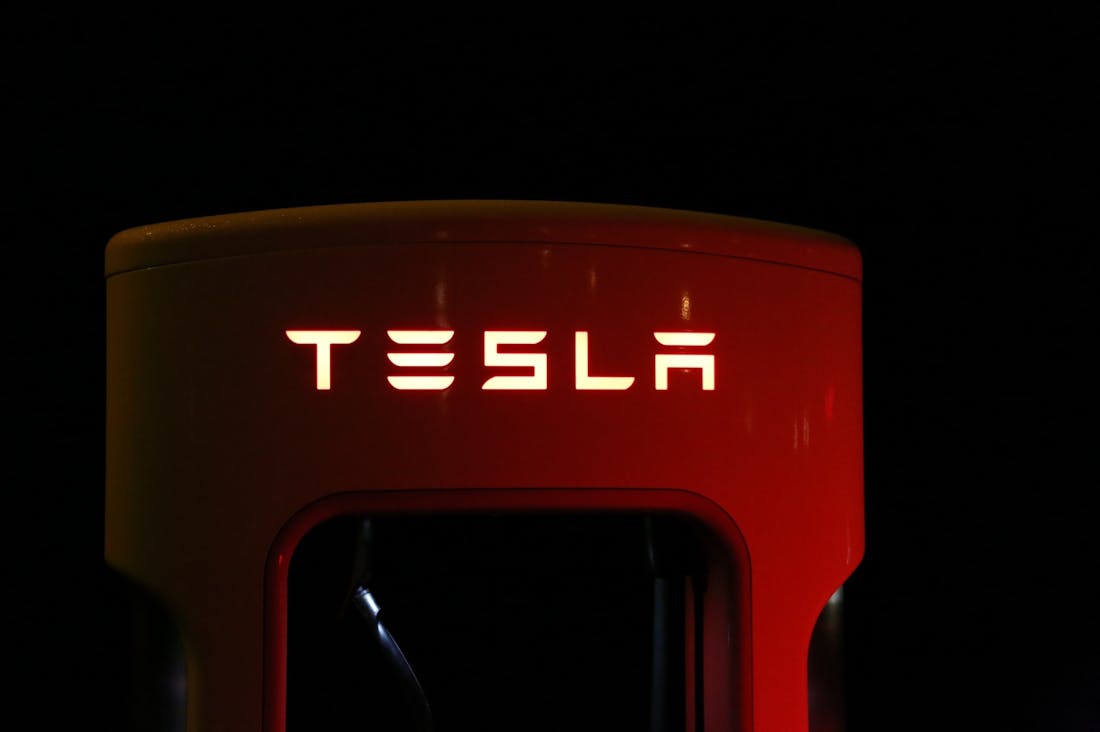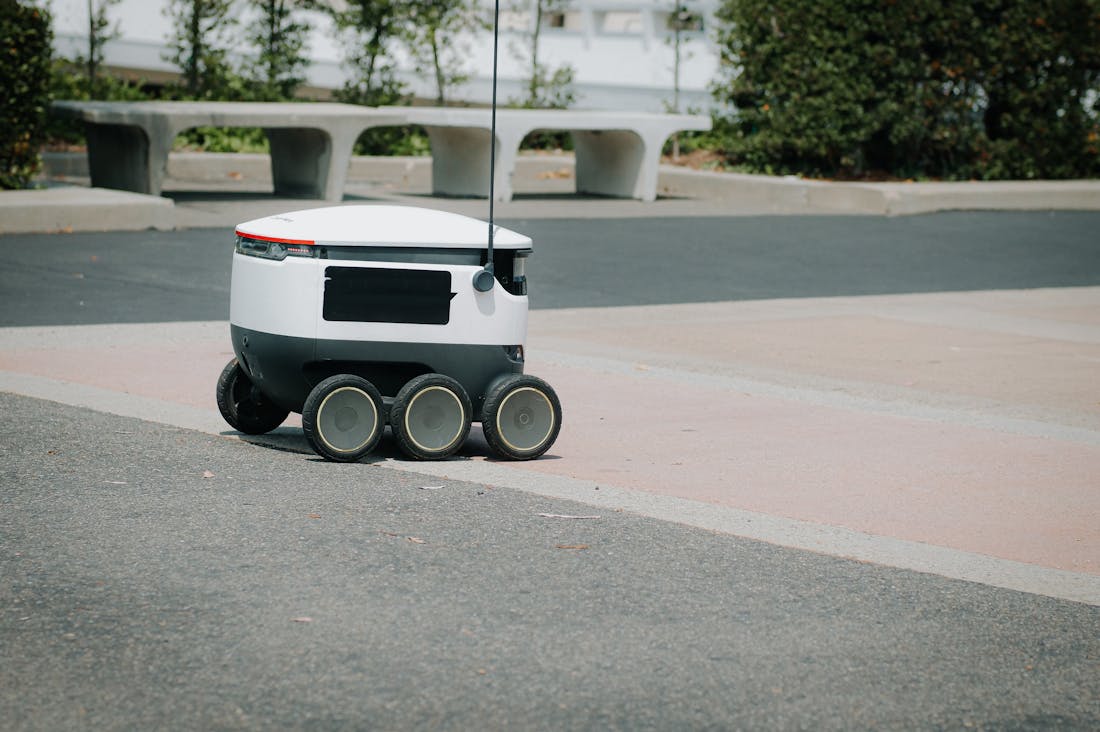"Auto Evolution: The Future of Transportation and Its Impact on Urban Living" explores the transformative landscape of mobility in our cities. As innovations in autonomous vehicles, electric propulsion, and smart infrastructure reshape how we commute, the book delves into their implications for urban design, environmental sustainability, and the overall quality of life. Through a lens of technological advancement, we examine how emerging transportation paradigms will redefine urban spaces, influence social dynamics, and create a more interconnected future, ensuring that every journey is not just about distance, but about enhancing community and reducing our ecological footprint.

The Shift Towards Sustainable Transportation
The shift towards sustainable transportation is gaining momentum as cities and nations recognize the urgent need to reduce carbon emissions and combat climate change. This transformation encompasses a variety of alternatives to traditional fossil-fueled vehicles, including electric vehicles (EVs), public transit systems, and cycling infrastructure. Governments are implementing policies that incentivize the use of renewable energy sources, promote carpooling, and enhance walkability in urban areas. Additionally, technological advancements such as improvements in battery storage and the expansion of charging networks are making sustainable options more accessible. As public awareness grows around environmental issues, individuals and communities are increasingly embracing these greener modes of transportation, reflecting a collective commitment to creating healthier, more sustainable futures. The integration of sustainable practices into transportation not only mitigates environmental impact but also enhances urban living by reducing traffic congestion and improving air quality.

Impact on Urban Planning and Development
Urban planning and development play a crucial role in shaping the functionality, sustainability, and livability of cities. As populations continue to grow, planners must balance the demands for green spaces, housing, transportation, and infrastructure. The integration of technology, such as Geographic Information Systems (GIS) and smart city innovations, enhances decision-making processes, allowing for data-driven strategies that improve resource allocation and urban resilience. Additionally, the emphasis on sustainability mandates that urban developments prioritize renewable energy sources, eco-friendly materials, and waste reduction. As a result, urban planning influences not only the physical environment but also social equity, public health, and overall quality of life for residents.

Preparing Cities for Future Transportation Solutions
Preparing cities for future transportation solutions is essential in addressing the growing challenges of urban mobility, sustainability, and public health. As populations increase and urbanization accelerates, city planners must adopt innovative strategies that encompass a diverse range of transportation modes, including electric vehicles, autonomous shuttles, bike-sharing programs, and improved public transit systems. Integrating smart technology, such as real-time tracking and traffic management solutions, can enhance efficiency while reducing congestion and emissions. Additionally, prioritizing pedestrian-friendly infrastructure, green spaces, and multi-modal transport hubs can create a more accessible and liveable environment. By fostering collaboration between government, private sectors, and the community, cities can develop inclusive transportation policies that cater to the needs of all residents and ensure a sustainable future.
The Role of Technology in Urban Mobility
Technological innovations are spearheading a revolution in urban mobility, providing new solutions to age-old transportation challenges. Technologies such as artificial intelligence, machine learning, and big data analytics are being employed to optimize traffic management, predict congestion patterns, and enhance public transport schedules. Additionally, mobile applications that offer real-time transit updates empower commuters to make informed choices about their travel. Moreover, the development of connected vehicle technologies facilitates communication between cars and infrastructure, promoting smoother traffic flows and increased safety. This technological integration not only improves the efficiency of urban transport systems but also fosters a culture of innovation that can adapt to future demands.
Community Engagement in Transportation Planning
Engaging communities in transportation planning is essential for creating inclusive and effective solutions. Public participation ensures that the voices of residents are heard, allowing planners to tailor transportation initiatives to local needs. Workshops, surveys, and community meetings can provide valuable insights into the preferences and challenges faced by diverse populations. This collaborative approach fosters a sense of ownership and responsibility among citizens, as they contribute to the decision-making process. Furthermore, by actively involving communities, cities can identify unique transportation barriers faced by marginalized groups, ensuring that all residents benefit from advancements in urban mobility. Ultimately, community engagement leads to more equitable and successful transportation systems.
The Future of Public Transportation Systems
The evolution of public transportation systems is critical to creating sustainable urban environments. Future public transit networks will likely incorporate a mix of electric buses, on-demand shuttle services, and other eco-friendly options that cater to the diverse needs of urban dwellers. Innovative fare systems that use mobile technology can enhance user experiences by simplifying payments and promoting multi-modal travel. Furthermore, integrating transit networks with bike-sharing and pedestrian pathways can encourage a shift away from car dependency. As cities invest in expanding and modernizing their public transport infrastructure, they not only improve accessibility but also support economic growth and social inclusion, ultimately enhancing the quality of life for all residents.
Challenges and Solutions in Urban Transportation
Despite the promising advancements in urban transportation, numerous challenges remain that require thoughtful solutions. Issues such as traffic congestion, inadequate infrastructure, and funding constraints can hinder progress. To address these challenges, cities must prioritize sustainable investments in transportation infrastructure while exploring innovative funding mechanisms like public-private partnerships. Adopting flexible policies that can adapt to changing technological landscapes will also be crucial. Moreover, fostering collaboration among various stakeholders, including government bodies, private enterprises, and community organizations, can lead to more integrated and effective transportation strategies. By proactively identifying and addressing these obstacles, cities can pave the way for a more resilient and efficient urban transportation future.
AI-Assisted Content Disclaimer
This article was created with AI assistance and reviewed by a human for accuracy and clarity.